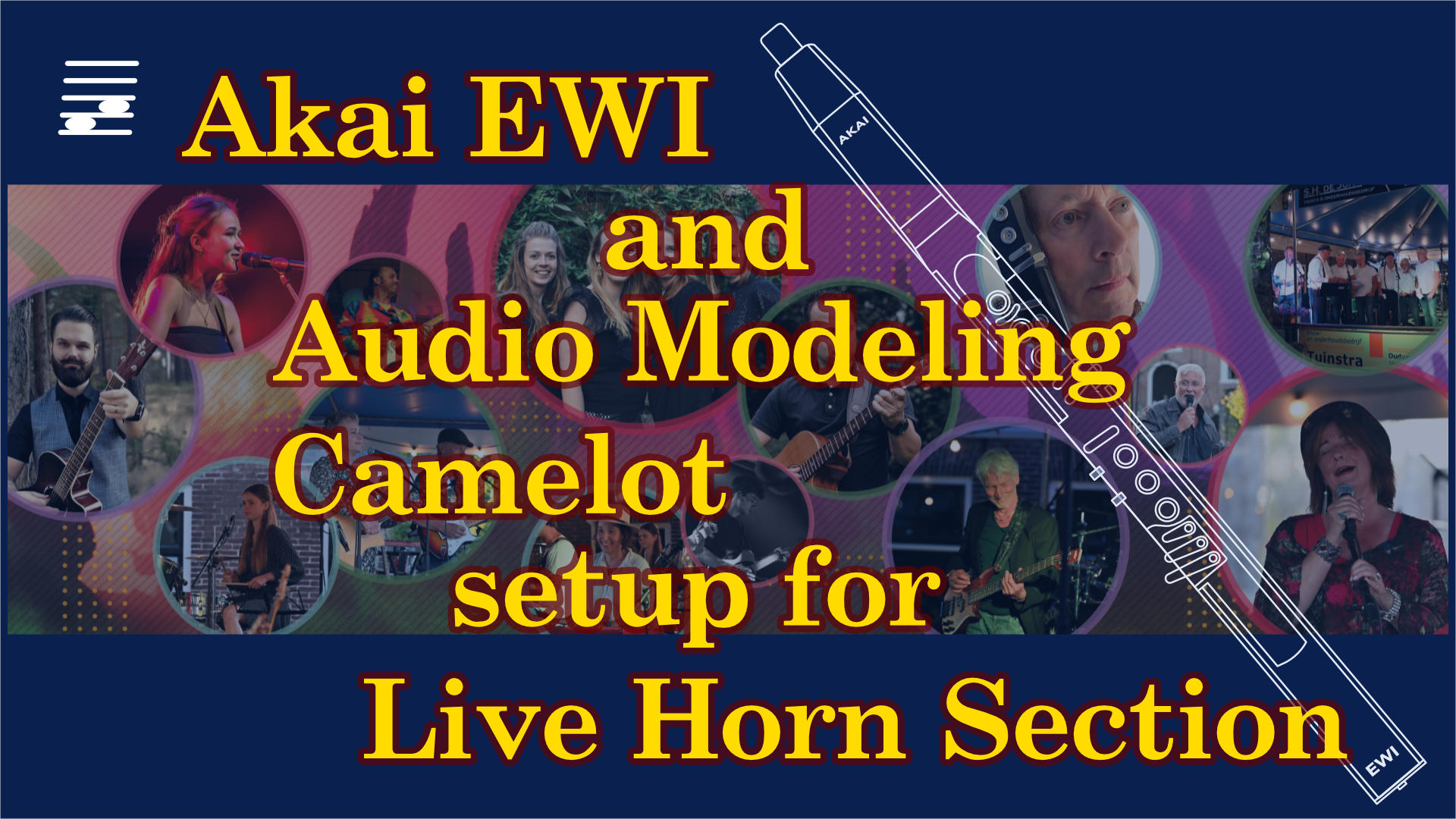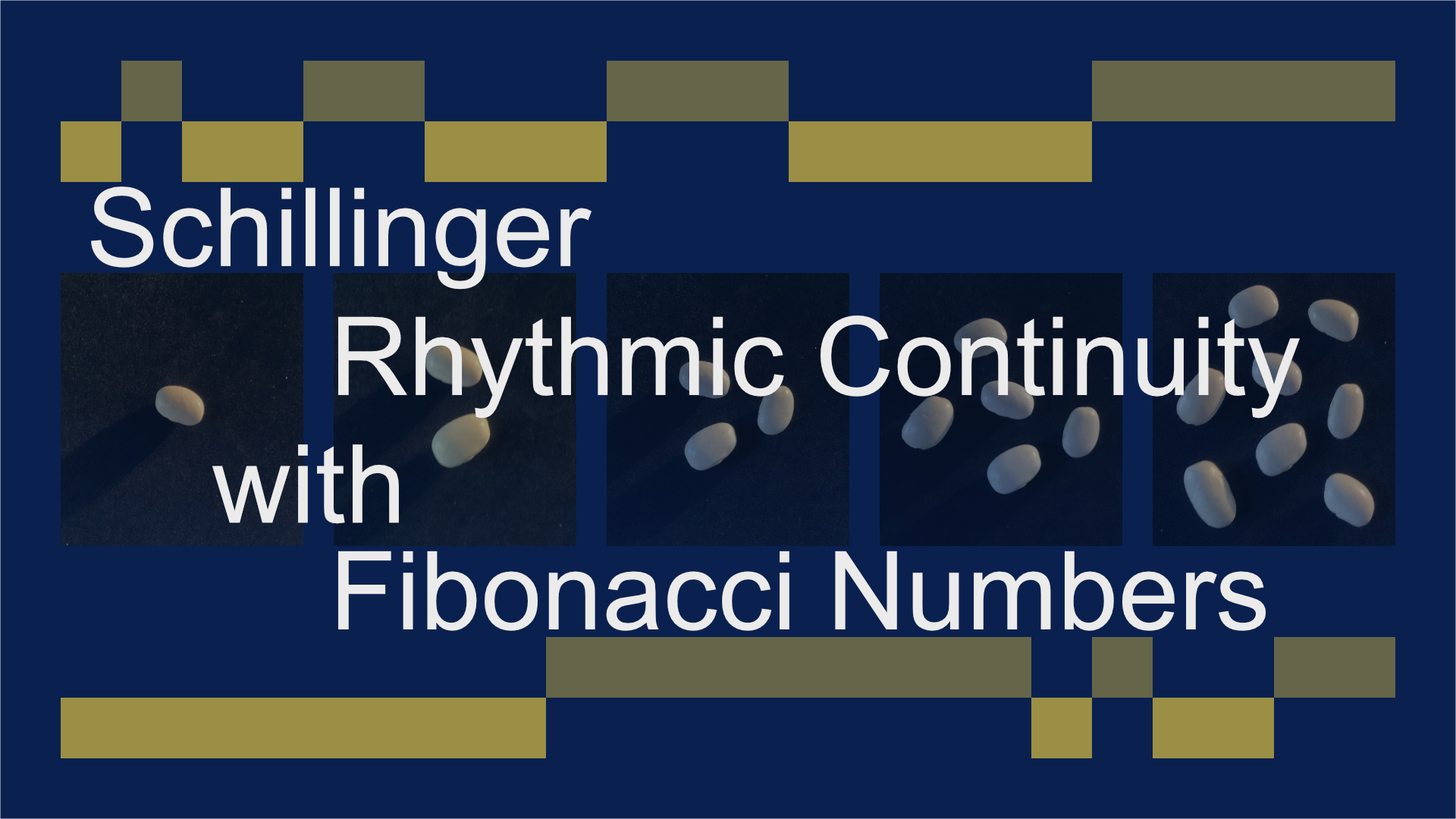Homepage > News items (2025) - (2024) - (2023) - (2022) - (2021) - (2020) - (2019) - (2018) - (2017)
Monthly news items, video links and blog on the Frans Absil Music website
News Archive
August 2025: Live playing Akai EWI with Audio Modeling Camelot.
While still in the middle of a YouTube and online activity sabbatical,
 I have been involved in a live music project. Using the Akai Electronic Wind Instrument (EWI) and using the Audio Modeling Camelot software on a Mac laptop I played various solo virtual instruments and a full, multipart horn section. Preparing for the concert required intricate software setup. The setup process may be useful for others so I prepared a set of two YouTube videos. The most recent is the video tutorial
Akai EWI and Audio Modeling Camelot Setup for Live Horn Section (14:01).
I have been involved in a live music project. Using the Akai Electronic Wind Instrument (EWI) and using the Audio Modeling Camelot software on a Mac laptop I played various solo virtual instruments and a full, multipart horn section. Preparing for the concert required intricate software setup. The setup process may be useful for others so I prepared a set of two YouTube videos. The most recent is the video tutorial
Akai EWI and Audio Modeling Camelot Setup for Live Horn Section (14:01).
Before that I experimented with the sidechain setup in Audio Modeling Camelot.
 In the video
Sidechain Setup in Audio Modeling Camelot (6:26) I demonstrate the addition of audio and creative effects to an unprocessed SWAM Solo Cello instrument plugin.
You'll find these two videos in the
YouTube Software Instruments, Synth Programming and Sound Design playlist. See the list of
YouTube video tutorials (descriptions and links).
In the video
Sidechain Setup in Audio Modeling Camelot (6:26) I demonstrate the addition of audio and creative effects to an unprocessed SWAM Solo Cello instrument plugin.
You'll find these two videos in the
YouTube Software Instruments, Synth Programming and Sound Design playlist. See the list of
YouTube video tutorials (descriptions and links).
January 2025: New video tutorial, Patreon account terminated.
Happy New Year 2025! I've uploaded a fresh video tutorial to
my YouTube channel.
 This episode, Schillinger Rhythmic Continuity with Fibonacci Numbers (22:00), is about creating a longer rhythmic continuity with five phrases where both the rhythmic cell attack-duration patterns and the phrase length are based on the Fibonacci sequence 1-2-3-5-8. In the video you'll see the application of Schillinger permutation and grouping by measures techniques, with several audio rendering versions of this continuity.
This episode, Schillinger Rhythmic Continuity with Fibonacci Numbers (22:00), is about creating a longer rhythmic continuity with five phrases where both the rhythmic cell attack-duration patterns and the phrase length are based on the Fibonacci sequence 1-2-3-5-8. In the video you'll see the application of Schillinger permutation and grouping by measures techniques, with several audio rendering versions of this continuity.
The Patreon account has been terminated by Jan 1, 2025 for reasons I explained last month. I was not happy with the experience after three years on that medium and have removed all content and the accompanying DropBox share. For incidental or periodic financial support I have returned to the PayPal/Credit Card Donate button at the top of the Document Library page.
Therefore the collection of Companion Documents has been moved from Patreon to the webshop.
 These booklets were created over the period 2020-present in order to enable studying the corresponding video tutorials in more detail. Each booklet contains the voiceover transcript, diagrams and figures and annotated score excerpts. You'll find a list of available documents (PDF, A4, colour) and pricing information in
the Webshop. Click the Companion Document Catalogue image on the right and see multipage excerpts from this collection (PDF, 71 pp., file size 78 MB), in reverse chronological order. The total number of documents currently is 28, with over 775 pages in total. Order through PayPal and a copy of the full document will be sent as an email attachment.
These booklets were created over the period 2020-present in order to enable studying the corresponding video tutorials in more detail. Each booklet contains the voiceover transcript, diagrams and figures and annotated score excerpts. You'll find a list of available documents (PDF, A4, colour) and pricing information in
the Webshop. Click the Companion Document Catalogue image on the right and see multipage excerpts from this collection (PDF, 71 pp., file size 78 MB), in reverse chronological order. The total number of documents currently is 28, with over 775 pages in total. Order through PayPal and a copy of the full document will be sent as an email attachment.
<< Previous - Top of page - Next >>
